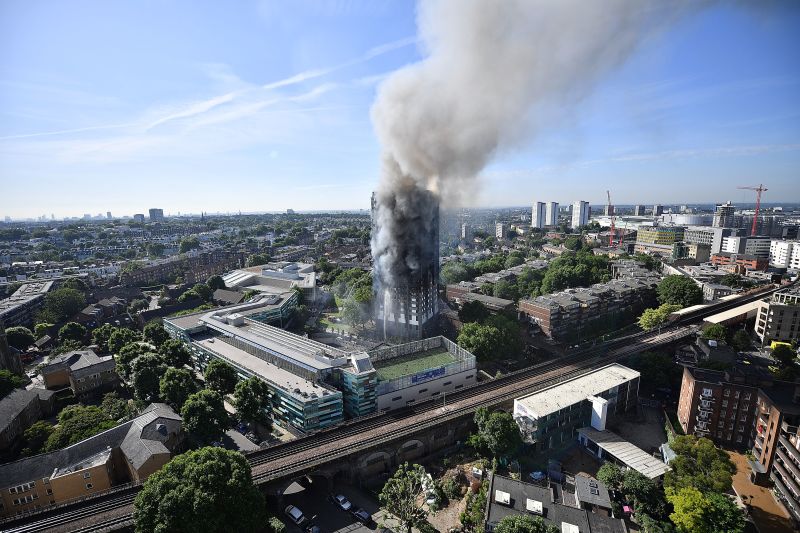Body of the Article:
Towards the heart of London’s North Kensington, there stood an architectural icon, Grenfell Tower. Roughly four years ago, this structure transformed into a horrific reminder of Britain’s deadliest fire tragedy since World War II, fueled by what has been described as a ‘decades of failure’ according to a probing report into the disaster.
Built in the 1970s as part of the Lancaster West Estate, a social housing complex, progressively escalating issues had troubled Grenfell Tower for years before the disaster that took place on June 14, 2017. That night, an already compromised safety structure allowed an out-of-control fire to engulf the 24-story housing block, resulting in 72 casualties and leaving an untold number traumatized.
A detailed public investigation, chaired by Sir Martin Moore-Bick, launched into the causes and proceedings of the fire. The findings were disturbing; they revealed a disturbing complex of systemic failures, managerial and regulatory compliances that he directly linked to the tragedy.
The report pointed out defective regulatory measures in place and their atrocities. The scrutiny cast a harsh light on the profound importance of regular updates required for building regulations in accompaniment with the swift advancements in construction technology. The building tenants and various activists had persistently raised issues about fire safety concerns, which included the building’s single staircase escape route and inadequate fire doors, only to be met with inaction, amplifying the tragedy’s gravity.
One of the primary failures was the installation of combustible cladding during an aesthetic refurbishment of Grenfell Tower in 2016 that further exacerbated the severity of the fire. The usage of flammable aluminum composite material (ACM) cladding was cost-effective but critically compromised safety. The cladding played an integral role in the rapid transformation of a small domestic fire into an uncontrollable blaze, engulfing the entire building.
Another major criticism was of the London Fire Brigade (LFB) whose ‘stay put’ policy came under severe scrutiny. Residents were initially advised to remain in their homes, a standard protocol during high-rise fires. However, in the case of Grenfell, this strategy resulted in severe casualties due to the accelerated fire spread due to the aforementioned dangerous cladding. The report suggested that had the advice reveersed sooner, many lives could have been saved.
Concerns about institutional prejudices came to play as well. Many Grenfell residents were ethnic minorities, immigrants, or disadvantaged in some way, leading to debates over whether these factors influenced the tragedy’s response or lack thereof. This has highlighted the requirement for a deep-seated reform in the approach towards social housing, with a significant focus on residents’ safety and welfare.
The Grenfell Tower fire catastrophe is a painful and tragic reminder of how consistent ignorance and circumvention of standards and regulations can lead to unpredictable disasters. The alarming findings of the report serve as a grim warning and sets a premise for urgent and substantial reforms at every level to avoid such calamities in the future.




